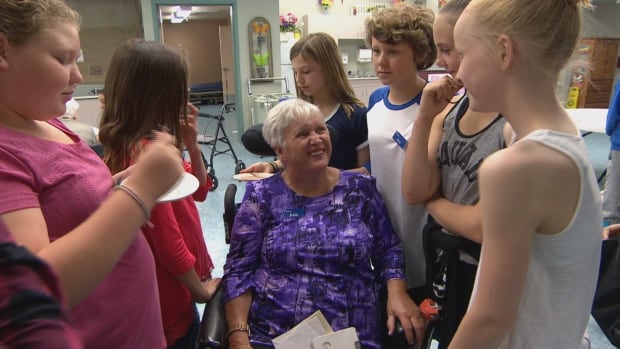
As noted in the previous blog post, the Ontario Government has long fallen short in meeting the existing Residents’ Bill of Rights (which falls within the Act). Here are several more aspects of the Bill where expectations aren’t being met and where implementing an emotion-based model of care would meet those expectations:
- Every resident has the right to live in a safe and clean environment. Transformative culture change to an emotion-based model of care would make this happen.
- Every resident who is dying or who is very ill has the right to have family and friends present 24 hours per day. A culture change to an emotion-based model of care would ensure this happens.
- Every resident has the right to receive personal care that accommodates physical, medical, emotional, and social needs. To succeed, we need a culture change to a resident-centered, emotion-based model of care.
- Every resident has the right to receive assistance towards independence based on a restorative care philosophy to maximize independence to the greatest extent possible. An emotion-based model of care is needed.
- Every resident has the right to have his or her lifestyle choices respected. Transformative culture change is needed to ensure this happens.
The urgent need for this transformative culture change cannot be repeated enough! Already this issue seems to be disappearing from the Ontario Government’s radar.
We urge you to do your part to bring an emotion-based model of care to long-term care homes in Ontario. Write to your MPP or to your City Councillor, or write a letter to the editor, or any other action that you think will help to promote a quality, dignified life for our seniors living in long-term care homes.
If we don’t speak up for our seniors who will?














